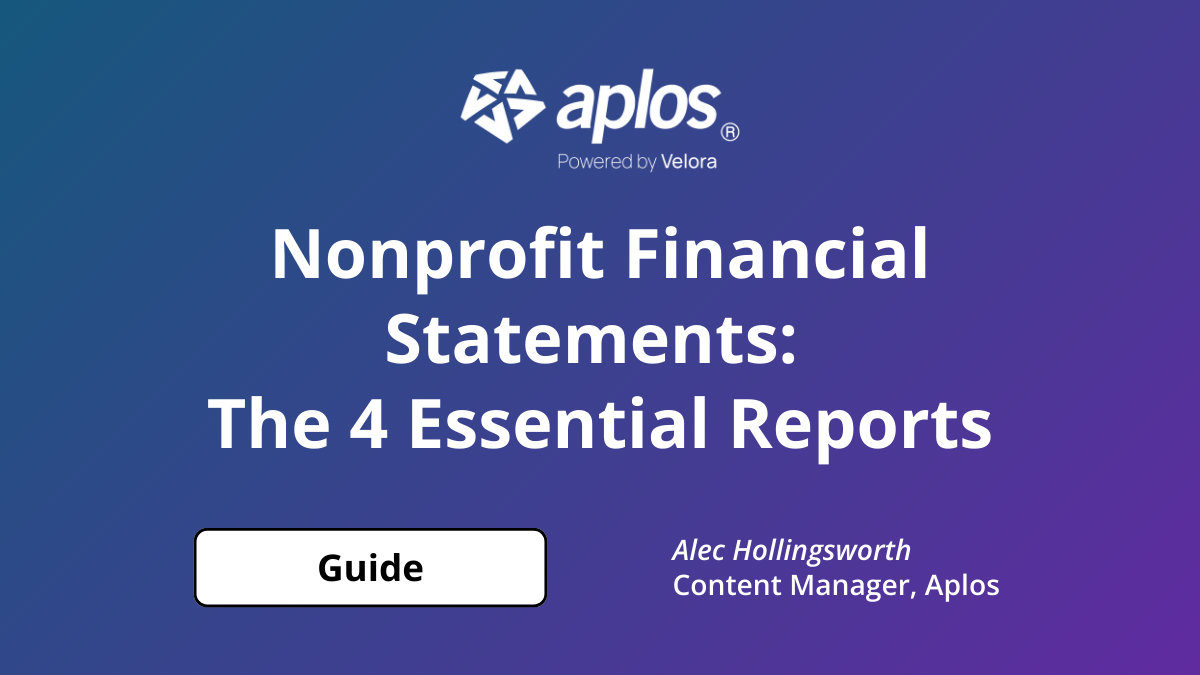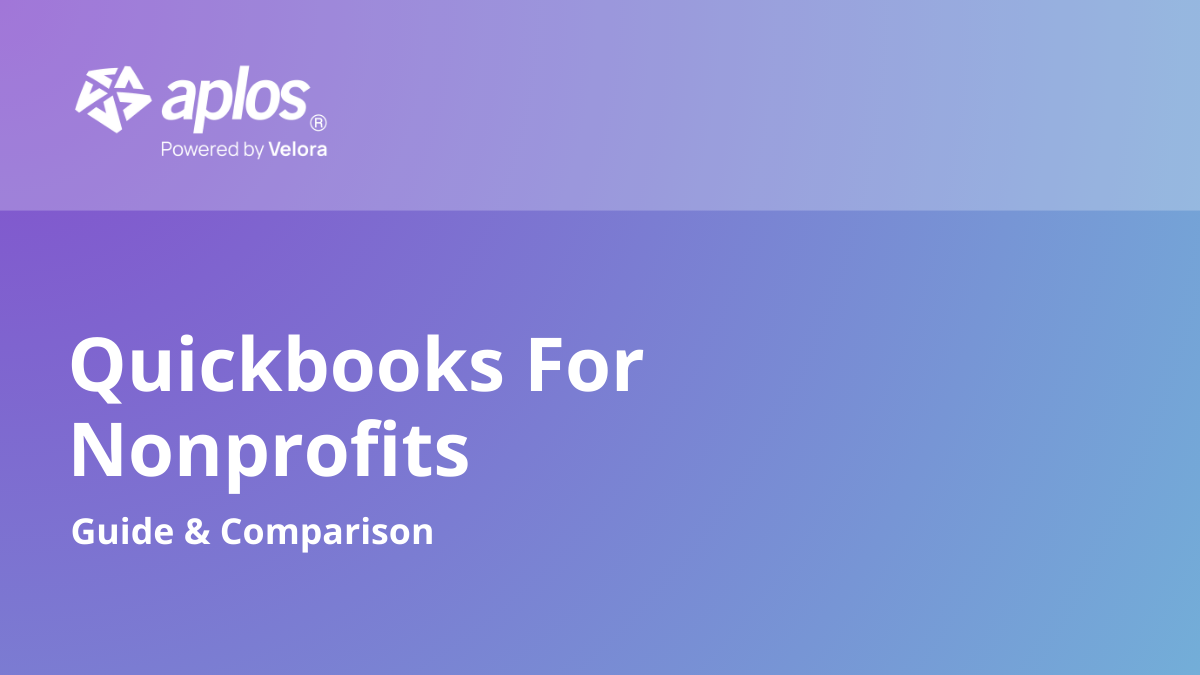
Why You Need a Nonprofit Business Plan

How To Write A Nonprofit Business Plan: Lesson 1

When starting a nonprofit, most people already have an idea of what they want to do. They probably know they want to help the hungry, take care of abandoned animals, or help kids with literacy skills. The passion you feel about a cause can drive you to do great things. By definition, nonprofits are mission-driven.
However, it is important to take care of the business side of things so your nonprofit can not only survive, but thrive. Even though you are not in it for the money, if your nonprofit doesn’t have a working business model, you won’t be able to effectively execute your mission. A nonprofit business plan will help you think about your nonprofit as a system so you can solve the problems you are compelled to change. Without a plan, you might have passion, some resources, and even a strong volunteer base to help you out. But you won’t be able to create the change you want to see with the most success possible.
Sections Of The Nonprofit Business Plan
Addressing each section of a nonprofit business plan will help guarantee you have covered all elements of your nonprofit’s business model. Depending on the nature of your nonprofit, some sections will be extremely detailed, while others won’t be as thorough. The following are general sections that can be applied to most nonprofit business plans.

Executive Summary
Although this section is the first in the nonprofit business plan, it is actually written last. It serves as an overview of the entire plan. Like the name says, it is a summary of what is written later in the plan. Think of the executive summary as your 30,000-foot view of the organization.
Nonprofit Description
This section is more than a one-sentence description of your nonprofit. Here you will give details about how and why you started the organization, where it is located, how you define your impact, etc. Whereas the executive summary is the overview of your nonprofit business plan, the nonprofit description is an overview of your nonprofit.
Needs Assessment
Here, you identify the cause or pain that is your focus. You should have data to support your assumptions about the existence of an actual problem. You will also need to know who else is involved with this cause. Other nonprofits may or may not already be trying to do the same thing you are setting out to do.
Product/Service
When detailing your products and services, it can seem like you are teetering on the edge of becoming a for-profit business. However, it is extremely important to understand what you are trying to accomplish. For example, if homelessness in your city is the need you would like to address, there are many ways to fight this problem. This is where you define how you will address it. It is where you show that you have an actual solution.
Marketing Strategy
If you build it, they may or may not come. If no one knows what your nonprofit does, your efforts may be for nothing. In this piece of the nonprofit business plan, you will give details about how you will raise money, attract new donors, get the word out about your cause, etc.
Management Team Or Board
For many nonprofits, this is one person: you. However, you can accomplish more if you have help. This section details not only who is part of the team, but why they are part of the team. It gives details about their experience as it relates to the nonprofit’s cause. Additionally, you will want to select board members who share your passion, but also bring different strengths to the table. Although they will not be working in the day-to-day operations of the nonprofit, board members will provide other invaluable skills and resources your nonprofit needs.
Human Resource Needs
Whether you will have paid employees, volunteers, or both, you will need a plan for them. In this area, you will identify the nonprofit’s human resource needs, and create a strategy to meet those requirements.
Financials
Every nonprofit needs to make money to survive. The financials section of the nonprofit business plan will help you see how much money and income the nonprofit should have in the future, as well as identify assumptions for achieving financial goals. Let’s face it: changing the world isn’t always free.
When creating your business plan, it’s good to have a set of resources in your back pocket. Bplans can be your one-stop shop for everything you need to start planning and growing your nonprofit. You’ll find complete guides on how to plan, fund, start, and grow your business. Also, another interesting and useful resource is this short video on the Khan Academy Founder’s story, “From Hobby to Organization.” It describes the early stages of his nonprofit when it was simply a hobby, and how he made the leap to creating it into an organization. Then you can hop over to The Bridgesplan Groups business-planning model to find out why all of this is so important.
Moving Forward
The next lesson in our course will cover the nonprofit description portion of your business plan. When writing this section, you’ll want to make sure you hit specific topics, so let’s take a look.
Frequently Asked Questions
Why do you need a nonprofit business plan?
A nonprofit business plan helps you think of your organization as a system so you can effectively execute and sustain your mission.
What sections are included in a nonprofit business plan?
Executive summary, nonprofit description, needs assessment, product/service, marketing strategy, management team or board, human resource needs, and financials.
When should you write the executive summary?
Write the executive summary last; it serves as an overview of the entire nonprofit business plan.
What belongs in the Needs Assessment section?
You identify the cause, support assumptions with data, and determine who else is involved with the cause.
What does the Financials section cover?
It shows how much money and income the nonprofit should have in the future and identifies assumptions for financial goals.

Our comprehensive closeout services start at $399 per month that needs to be reconciled. Sign up before Jan 1st and pay just $199.50 per month!
Copyright © 2025 Aplos Software, LLC. All rights reserved.
Aplos partners with Stripe Payments Company for money transmission services and account services with funds held at Fifth Third Bank N.A., Member FDIC.
Copyright © 2024 Aplos Software, LLC. All rights reserved.
Aplos partners with Stripe Payments Company for money transmission services and account services with funds held at Fifth Third Bank N.A., Member FDIC.



.png)



